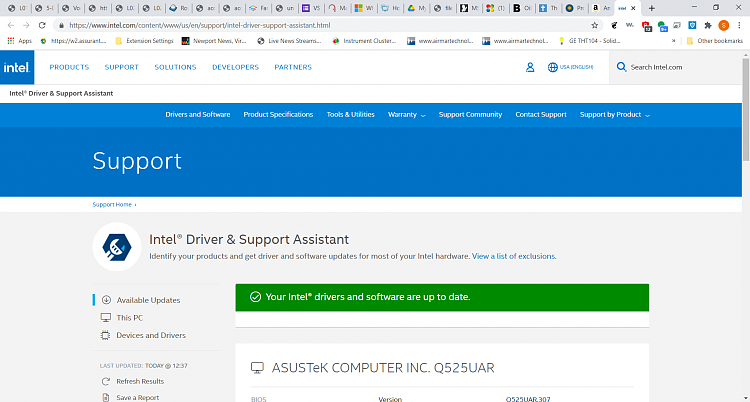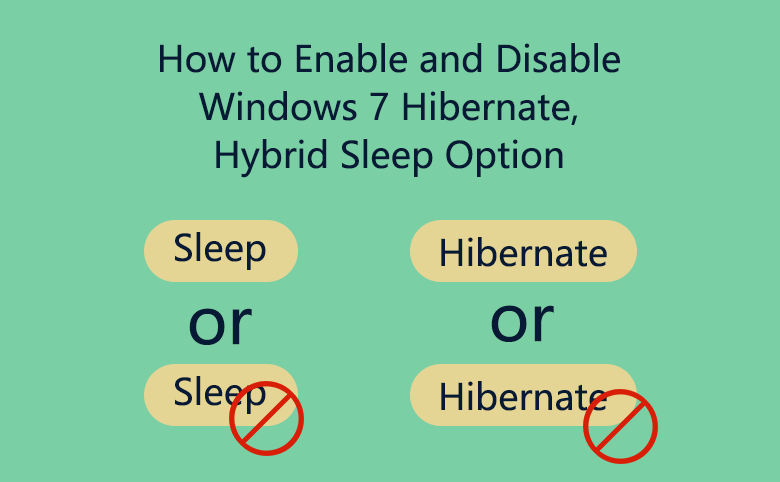

This includes build help, tech support, and any kind of doubt one might have about PC ownership. Every kind of PC related content is welcome here.Everybody is welcome here, even those that have yet to ascend.Begin your ascension today! General Information One of the advantages of sleep (and hybrid sleep) over hibernation is that external devices such as mobile phones can still be charged in sleep mode but will not charge in hibernation mode.Official Subreddit of the PC Master Race We're the largest community of PC enthusiasts on the Internet. Power as sleep mode while hibernation powers down the computer. Machine can resume instantaneously, and its state, including open and This approach combines the benefits of sleep mode and hibernation: The Sleep mode and hibernation can be combined: The contents of RAM areĬopied to the non-volatile storage and the computer enters sleep mode. Here is the quote from Wikipedia about Hybrid sleep: It takes about 30 seconds on my system to restore memory contents from disk after hibernation. But then hybrid sleep keeps powering memory so that it can preserve its contents, whereas hibernate powers off memory as well, and such memory is thus zeroed and its contents lost until the system restores such contents from hibernation. So, presumably, hybrid sleep copies memory contents to disk and powers down the hard drive, taking the same average time as hibernate to do so. So, the times for the hard drive to power down are comparable for hibernate and (hybrid) sleep, but there is a slight difference in the time to resume and display the login screen. Sleep (time required for hard drive to power down): 5:40.Hibernate (time required for hard drive to power down): 4:30.Sleep (time for login screen to appear): happens immediately.Sleep (time required for hard drive to power down): 1:40.Hibernate (time for login screen to appear): 0:30.Hibernate (time required for hard drive to power down): 2:25.Here are the consecutive tests I've tried: If a system has been hibernated, when you power it back on, the contents of hiberfil.sys are read from disk into memory, so bringing a system up from hibernate mode will take longer than bringing it back from sleep mode. With hibernate mode, the contents of memory are written to a file, hiberfil.sys, in c:\. However, if you are on battery power when you put the system to sleep, though it may be hours later, eventually the battery charge will be depleted and you will lose the system state unless it is hibernated before all power is lost. while still providing power to keep memory refreshed. Sleep mode is a power saving feature where the system state is saved to memory, but power can be reduced by stopping the disk drive from spinning, blanking the monitor, etc. You can just put the system in hibernate mode and then power it back on later to get back to the same state it was in when you hibernated it with all the applications and files you had open previously open again.

Putting the system in hibernate mode is advantageous if the system is going to be without external power for a prolonged period, but you don't want to save all open files before shutting it down. Many systems don't have it enabled by default. You may have to reboot to have the option appear.
#Hybrid sleep vs hibernate windows 7#
On a Windows 7 system, you can enable and disable the hibernate feature by issuing the command powercfg -h at a command prompt, e.g., powercfg -h on to enable hibernation. So, really, what is the real difference between Sleep and Hibernate (and why do some systems only have the former option and not the latter)? This appears to contradict what I thought. However, what I find is that in both cases the screen goes balnk and the session is immediately locked (so that the user has to log in again once they want to resume work on the computer), and in both cases, after approximately the same amount of time (perhaps 8 minutes), the hard drive stops spinning and the computer becomes completely silent.

Whereas Hibernate copies the contents of memory to disk, and restores them to disk once a keyboard key or mouse button has been clicked. I've always thought that the difference between Sleep and Hibernate is that Sleep makes the screen go blank, while the hard drive keeps spinning. Judging from the following pictures, found on the Internet, it seems like some Windows systems come with both a Sleep option and a Hibernate option, whereas others only have a Sleep option. At the bottom of the start menu, when I click the arrow next to "Shut Down", here is what I see (I have listed the correspondence between the entries in Italian and those in English below the image): I am running a localized (Italian) version of Windows 7.


 0 kommentar(er)
0 kommentar(er)
